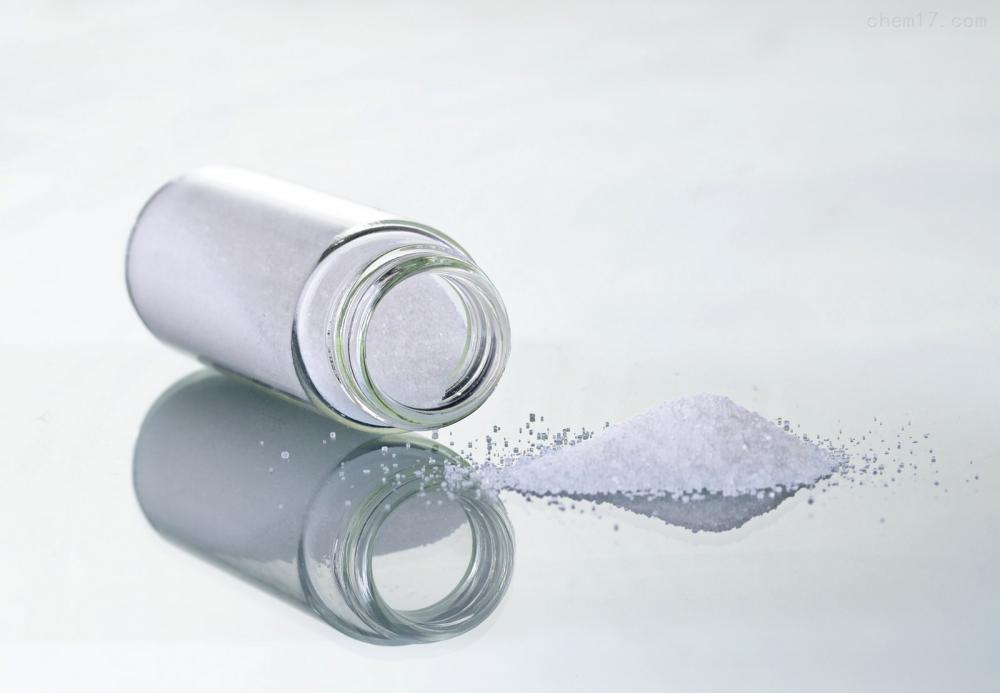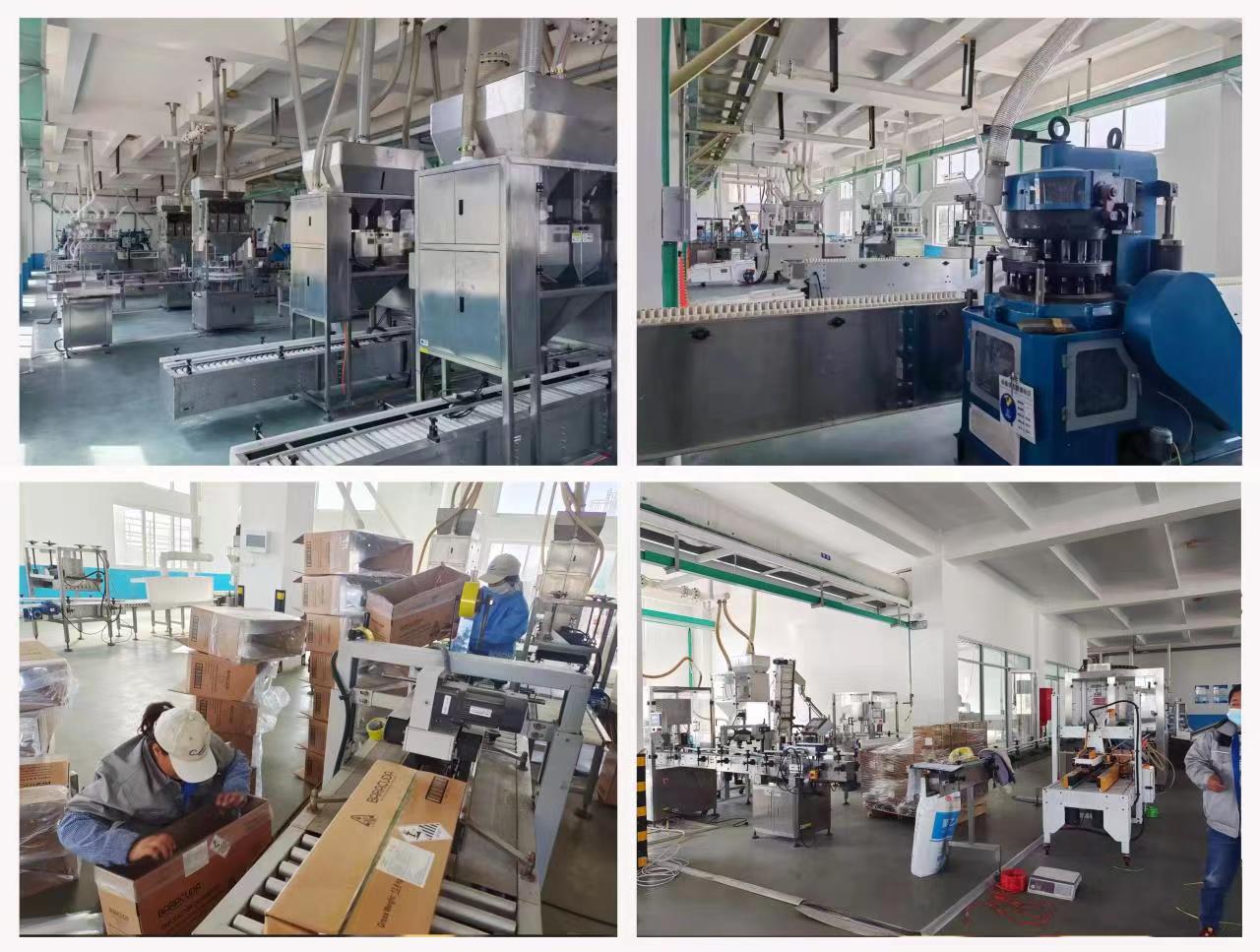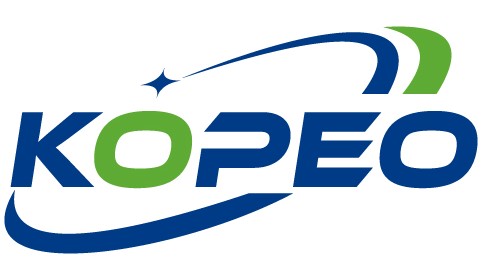Product Information
L-menthol properties, uses and production process
Chemical properties of L-menthol
Colorless needle-like crystals, with a cool minty aroma. Relative density d1515=0.890, melting point 41-43 ℃, boiling point 216 ℃, 111 ℃ (2.67kPa), specific rotation αD20=-49.3 °, refractive index nD20=1.4609. Soluble in organic solvents such as ethanol, acetone, ether, chloroform and benzene, slightly soluble in water. It is chemically stable and can be volatilized with steam. Oral LD503.3g/kg in rats, ADI0-0.2mg/kg (FAO/WHO, 1994).
Uses of L-menthol
(1)Menthol can be used as edible flavor, mainly used for toothpaste, candy, beverage flavoring.
(2)Menthol and menthol can be used as flavoring agent for toothpaste, perfume, beverage and candy. In medicine, it is used as stimulant, acting on the skin or mucous membranes, with cooling and itching effect; internally, it can be used as wind-expelling medicine for headache and inflammation of nose, throat and larynx. Its ester is used in spices and medicines.
(3) The main component of peppermint oil. Due to its characteristic mint flavor and cooling effect, it is widely used in candy, cosmetics and toothpaste. Production methodMenthol can be purified from natural peppermint crude oil or can be synthesized. The essential oil obtained by steam distillation of the aboveground parts (stems, branches, leaves and inflorescences) of mint in the family Labiatae is called peppermint crude oil, and the oil yield is 0.5-0.6. Production Methods of Thin Menthol
I-type is obtained from natural peppermint crude oil by cooling, crystallization and separation. Peppermint oil containing brain 50% to 60%, cooled to 15 ℃, menthol that is crystallized precipitation, centrifugal separation, the oil is then cooled to 5 ℃, and menthol, and then cooled to -10 ℃, and menthol, three times can be lifted to 50% of the menthol (still residual about 50% of the menthol). From l-menthol ketone system l-menthol. The residual oil obtained by the above method, under reduced pressure to vaporize terpenes (about 20% to 25%), the remaining with 96% ethanol dissolved, and then reduced to menthol with sodium metal. The synthetic product (dl-) is produced from aromatic aldehydes. Production method Menthol is naturally present in peppermint oil, with a content of up to 80%, and industrially it can be singly isolated from peppermint oil. The peppermint crude oil will be frozen to a 20 ° C, the separation of crystalline crude menthol; the mother liquor will be further frozen to -40 ° C, can also be separated from a part of the crude menthol. Crude menthol was melted by heating, depressurized to remove water, and filtered while hot. Cooled to about 0 ℃, standing 7 ~ 9d, separated from the crystallization, 42 ℃ drying 24h, dry to room temperature is the finished product.

Company information
The company's main import and export products include
(1)Polymers:The advantage of Polymers is that they can be easily formed into the desired shape using a variety of techniques such as solution casting, melt moulding, or machining. As a result, polymer-based implants are relatively inexpensive to manufacture. Polymers can also react so that different chemical molecules can attach to the surface of the implant, making it more compatible with the body's surroundings.
(2)Water Treatment:The way of water treatment includes physical treatment and chemical treatment. Human water treatment methods have been quite a few years of history, physical methods, including the use of a variety of different pore size of the filter material, the use of adsorption or barrier way, the impurities in the water outside, adsorption method in the more important for the adsorption of activated carbon, barrier method is to pass the water through the filter material, so that the impurities of a larger size can not pass, and thus obtain cleaner water.
(3)Flavors and Fragrances:Fragrance: some from the natural world of plants and animals or by artificial single separate, synthetic and get the fragrance material called fragrance. Flavour: Flavour is a mixture of a variety of fragrances (sometimes also containing a certain amount of solvent) blended out of a certain aroma, can be used directly for product fragrance, can be widely used in perfumes, cosmetics, shower gels and other daily necessities. Simply put, flavours are made from a mixture of various fragrances.

